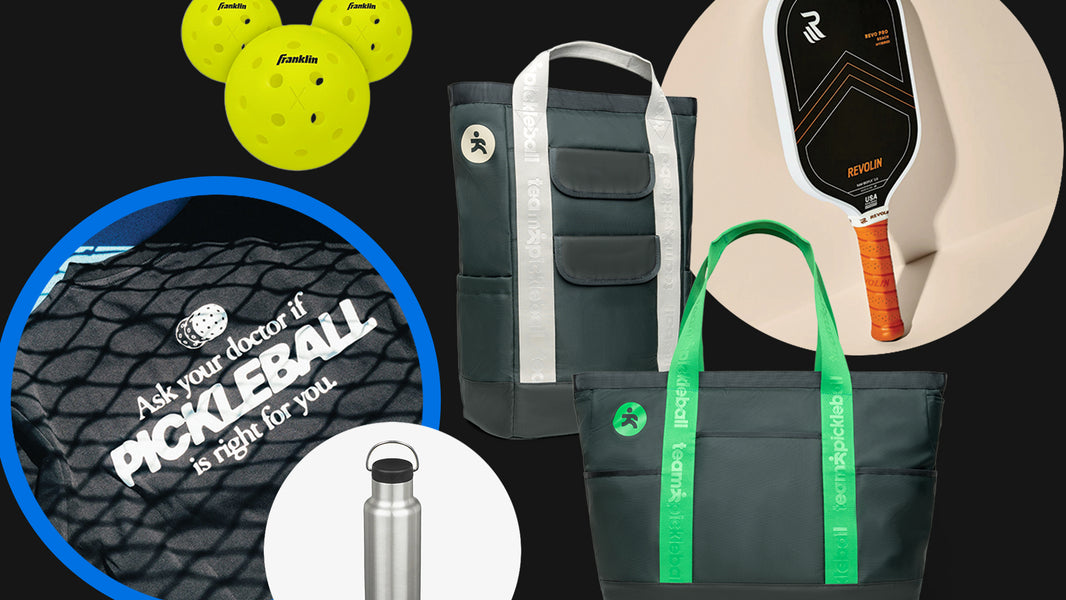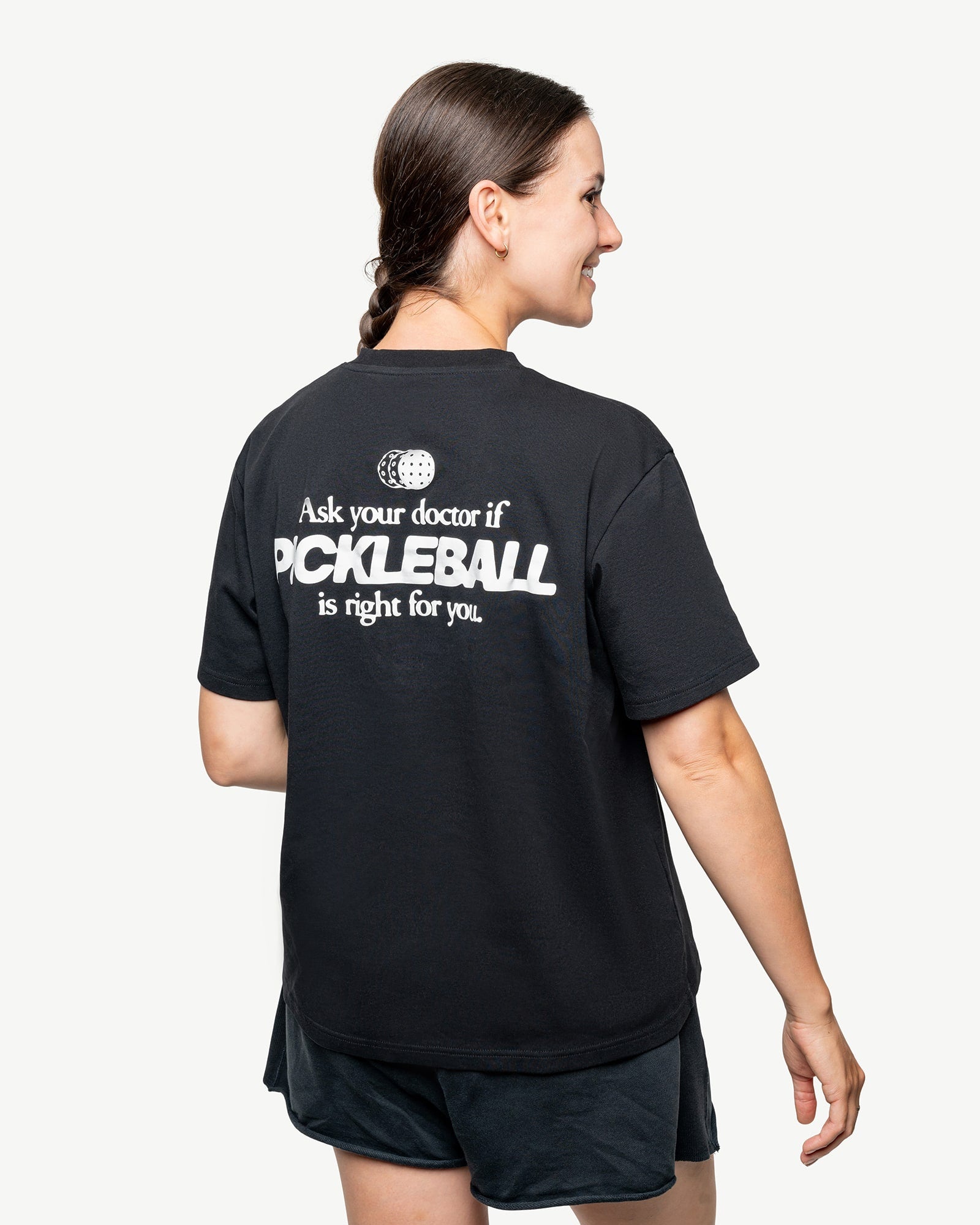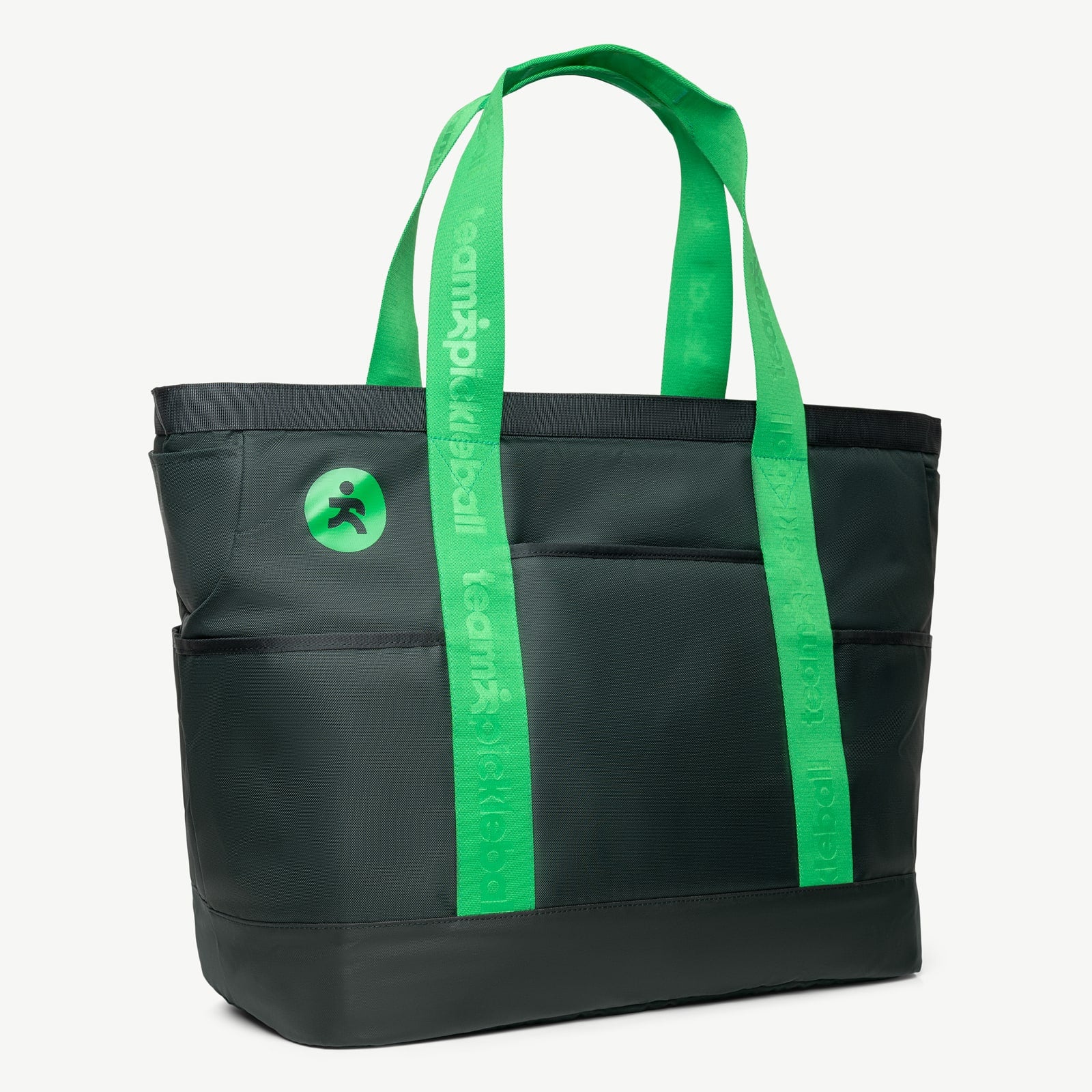Pickleball, a sport that combines elements of tennis, badminton, and table tennis, has rapidly grown in popularity. Understanding the rules of pickleball is essential for anyone looking to play the game either casually or competitively. This blog post will cover the basic rules of pickleball, including scoring, serving, faults, and gameplay.
The Court and Equipment
Pickleball is played on a 20x44 foot court, split in half by a net that stands 36 inches high at the ends and 34 inches high in the center. Players use a paddle, which is larger than a ping-pong paddle but smaller than a tennis racket, and a plastic ball with holes, similar to a wiffle ball.
Scoring Rules for Pickleball
Pickleball can be played as singles or doubles, but the pickleball scoring system remains the same for both formats. Understanding the scoring rules for pickleball is essential for keeping the game fair and competitive.
In standard play, scoring in pickleball follows these guidelines:
-
Games are usually played to 11 points, and a player or team must win by 2 points.
-
For standard pickleball scoring, points are only scored by the serving team when the opponent fails to return the ball or commits a fault.
There is also a variation called rally scoring, where both teams can add to their scores regardless of who serves. However, this version of pickleball scoring is not as common, so when in doubt, stick to the normal rules for pickleball scoring.
Serving
Serving in pickleball has specific rules:
-
In doubles, the serve will always start on the right service box. In singles, you’ll start your serve from the right if your score is even and from the left if your score is odd. The serve rotates sides as points are scored.
-
The serve must be made underhand with the paddle below the waist level.
-
You can hit the ball out of the air or use a drop serve, where you drop the ball on the ground before hitting it.
-
Each serve is made diagonally across the court and must land inside the box. If it hits the baseline, centerline, and sideline of the box, it counts as in. If it hits the kitchen/non-volley zone line it is considered out.
-
The server continues to serve until a fault is made, then the serve passes to the next person. In a singles game, the ball would pass to your opponent. In a doubles game, both players get to serve before it gets passed to your opponent.
-
You only get one serve attempt per serve.
- In doubles pickleball, the starting team begins with only one serve instead of two. For instance, the initial score call is 0-0-2, signifying that the starting team has just one serve to begin the game.
The Two-Bounce Rule
A unique aspect of pickleball is the "two-bounce rule," which means:
-
After the serve, the ball must bounce once before the receiving side can hit it, and then bounce again before the serving side can hit it.
-
After these two bounces, players may volley the ball (hit it in the air without letting it bounce) with the exception of the non-volley zone.
Non-Volley Zone
The non-volley zone, often called the "kitchen," extends 7 feet from the net on both sides.
-
Players are not allowed to volley the ball while standing in the non-volley zone.
-
You are allowed to be in the no-volley zone as long you don’t volley the ball.
-
After you hit a volley, you are not allowed to step or touch the non-volley zone, including the line.
Faults
Faults in pickleball occur for various reasons:
-
If the ball is hit out of bounds, doesn't clear the net, is volleyed from the non-volley zone, or is volleyed before a bounce has occurred on each side.
-
Also, if the net is touched by the player or paddle, this is also considered a fault.
Other Key Rules
-
Line Calls: Balls touching any part of the boundary lines are considered in.
-
Service Sequence: As a reminder, in doubles, both members of the serving team get to serve before the ball is turned over to the opponents, except at the beginning of the game where the first serving team starts with only one serve.
Conclusion
Understanding these basic rules will help new players get started in pickleball and enjoy the game more fully. As with any sport, practice and experience will lead to a better grasp of strategy and finer points of gameplay. Whether playing for fun or gearing up for more competitive play, knowing the rules is the first step to becoming proficient in pickleball. For those looking to delve deeper into the rules, consulting the official rulebook or local pickleball clubs can provide additional insights and guidance.
















